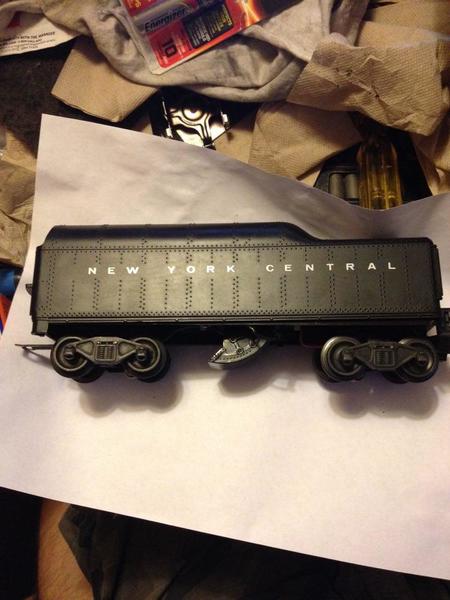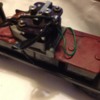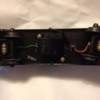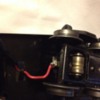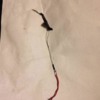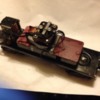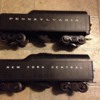Well Howdy Everyone,
I was going through my stock and decided to open up my Lionel 2046W tender for some servicing. I got this along with a nice 1955 era 736 Berkshire as a Birthmas gift last year. It came fully serviced, ready to go and worked well.
It’s that time of year that we all get ready for “Train season” by servicing all of our lovely train’s. I got a surprise though when I opened this up as it was kind of a well…”How on Earth did this NOT catch fire?” came straight to my mind when I’d seen this. It got me thinking, how many of you have opened something up to find a crazy rewiring/repair on a item?
I look forward to reading all your stories as this can be to anyone of any item in our wonderful hobby. Some of you are experienced repair men of all brands, while some of us are just your average Joe. Please chime in and share your experiences and photos! Still new myself to the whole aspect of repairing/working on my trains as well as this wonderful Hobby still.
All the best,
Ameronel RR
P.S. If I’ve posted this in the wrong slot, please let me know. I’ve been on this forum for awhile but I’m more of a reader and not a poster.